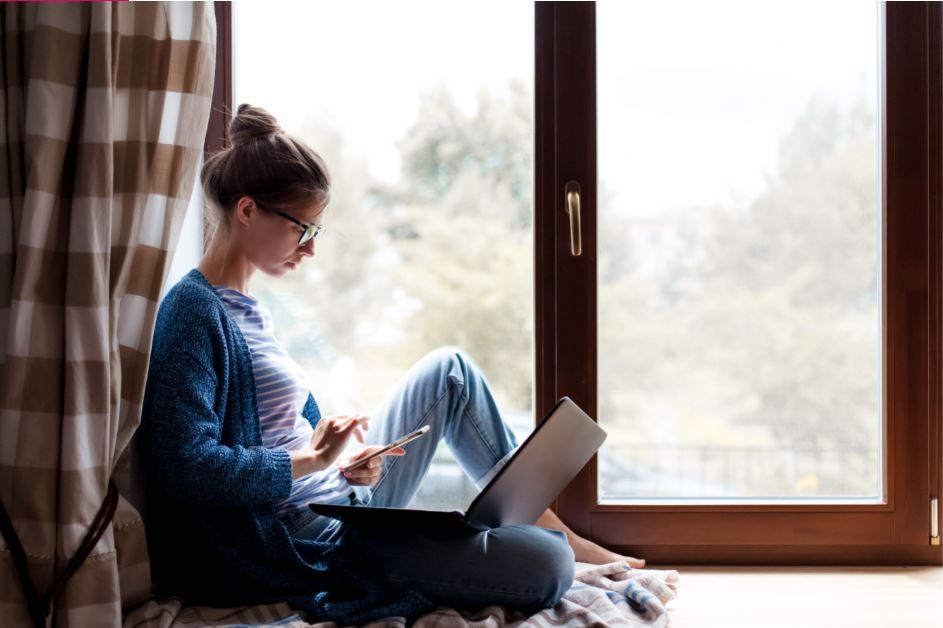Self-Isolation, Self-Quarantine, and Social Distance: Definitions for Patients
The COVID-19 pandemic has made the words "isolation" and quarantine" part of daily conversation. How do you explain them to your patients?
<br/>Self-quarantine: staying in place (home or other) for 14 days after exposure to a person who has tested positive for COVID-19. (©Marina Andrejchenko/stock.adobe.com)

The COVID-19 pandemic has put the word "social" on everyone's lips, worldwide. "Quarantine" and "isolation," also, have become part of the everyday conversation.
How do you explain to your patients the meaning of the terms "social distancing," "self quarantine," and "self-isolation?"
Patient Care Online checked the Johns Hopkins University & Medicine Coronavirus Resource Center for guidance. The following definitions are culled from an interview published there on March 24, 2020, with Crystal Watson, an assistant professor at the Johns Hopkins Bloomberg School of Public Health and senior scholar at the Johns Hopkins Center for Health Security.
What is the difference between self-quarantine, self-isolation, and social distancing?
Self-quarantine: staying in place (home or other) for 14 days after exposure to a person who has tested positive for COVID-19.
Self-isolation: literally isolating within the house or other location where you are self-quarantined.
Social distancing: Staying indoors/home and "distant" from others (eg, no handshaking, hugging, unnecessary trips to stores, etc) even when you have no known exposure to the virus and so limiting possible transmission to/from others.
Signs/symptoms that are clear indicators to self-isolate
Fever, cough, or shortness of breath should trigger self-isolation at home, away from other household members; contact your healthcare provider but stay home as long as symptoms are manageable. If symptoms become severe, seek medical care quickly.
The CDC advises that anyone with COVID-19 symptoms should remain in self-isolation until symptoms have resolved and it has been at least 7 days since symptoms first appeared.
How to safely isolate one person within a larger household
The best arrangement is a separate room/space for the affected person, that has private access to a bathroom--avoids travel through common space. All caregivers should avoid close contact as much as possible, wash hands frequently and wear a mask, if possible. Have the sick person wear a mask of some type to prevent droplets spreading through the air. Clean high-touch surfaces often and launder clothing/bedclothes in very hot water.
How to limit possible transmission if the above isn’t possible.
For noncaregivers in the home, maintain your 6-ft distance and wash hands often. Caregivers should wear a mask and follow other safe practices.
Most important supplies to have in the home for self-quarantine and self-isolation.
Basic supplies like food and 30 days of prescribed medications are recommended for anyone in self-quarantine. In anticipation of someone becoming sick in your household, have supplies like Gatorade on hand for rehydration, cough medicine to manage symptoms, and Tylenol to treat fever.
For more COVID-19 coverage for primary care, visit our COVID-19 Resource Page.
Stay in touch with Patient Care® Online:
→Subscribe to our Newsletter →Like us on Facebook →Follow us on Twitter →Follow us on LinkedIn→Write or Blog for Patient Care® Online
2 Commerce Drive
Cranbury, NJ 08512
All rights reserved.